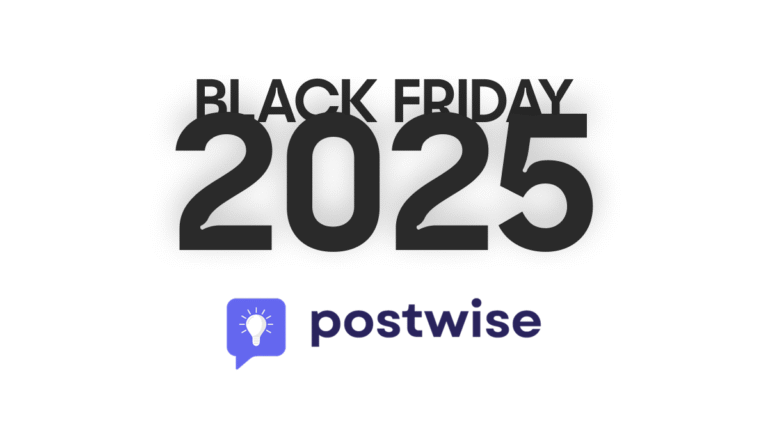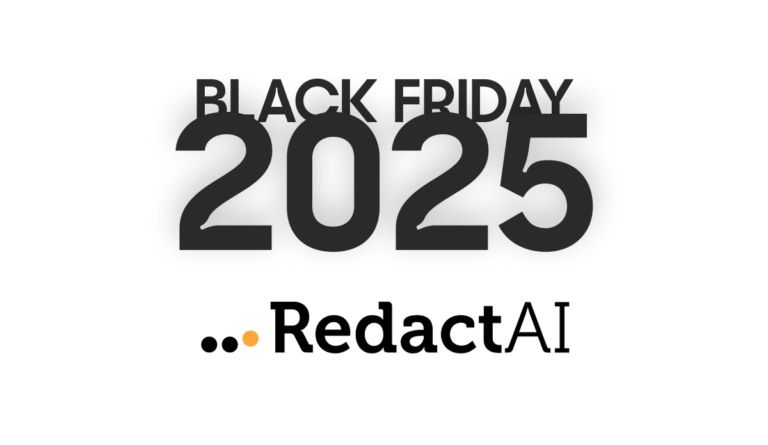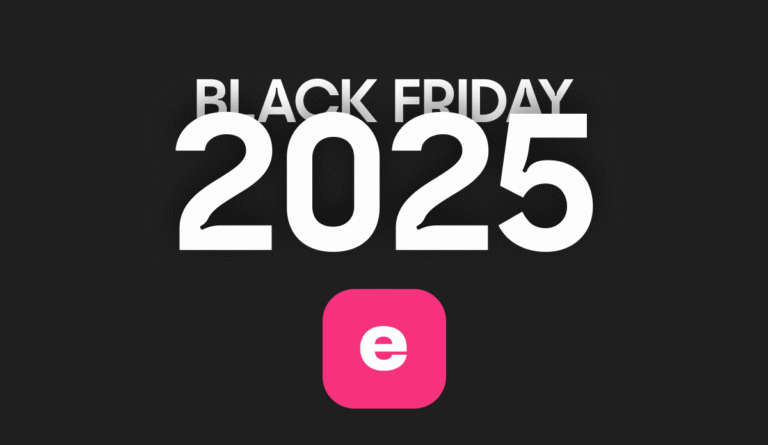Nearly 20 years after its inception, LinkedIn is still the biggest business-oriented platform worldwide.
1 billion people are currently on the platform.
One of the biggest questions that circles surrounding LinkedIn these days is:
“How can I monetize my brand through LinkedIn?”
If you’re interested in earning money through your LinkedIn brand, we’ll show you four excellent strategies to do so below.
Monetization through LinkedIn
LinkedIn’s business model is different from most social platforms.
Instead of relying on ad revenue, most of LinkedIn’s revenue comes from its Talent and Marketing Solutions – also known as premium subscriptions.

LinkedIn generated $15.7 billion in revenue in 2023, an increase of 7.4% compared to 2022, mostly driven by marketing solutions. Even though LinkedIn has been profitable for years now, it never paid anything to its creator base.
Until recently.
In early 2022, LinkedIn launched its Creator Accelerator Program.
An initiative designed to support creators on LinkedIn through coaching, recognition, and resources. With a budget of $25 million, they’re able to keep relevant creators in their key regions like the US, India, Brazil, and the UK.
The Creator Accelerator Program is a 6-week incubator-style program, where creators focus on bringing new concepts to life, helping to grow their audience, and engaging the global LinkedIn community.
Creators who got accepted into the program receive support from specific Creator Managers, as focused on their own region, a financial incentive, and early access to new LinkedIn features.
While the LinkedIn Creator Accelerator Program is a great initiative, it’s not accessible to everyone due to the regional rollout or the exclusivity of the program.
Additionally, as of June 2024, the program is currently closed, but it might open up again at a later time.
That’s why it’s wise to look at strategies to monetize your brand yourself.
Strategy 1: Collaborate with brands
One of the “easiest” ways to monetize your LinkedIn brand is by partnering with brands for paid partnerships.
In the beginning, you are going to have to do things for free. But, understand that it’s a stepping stone in order to attract paid brand deals. Once you’ve identified your ideal brand to work with, you can start with posts in exchange for free products from their brand.
At some point, brands might reach out to you with a message like this:
“Hey {your name}, we at {company name} love your content. We would like to ask you to post a LinkedIn or sponsored ad for us. What are your rates?’”
One of the benefits here is that once you start posting content for one brand, other brands will reach out to you as well. Because they’ve seen you’re open to these partnerships.
The best part there is that no one externally knows if a partnership is paid or not, so you’re able to charge differently per brand partnership.
Strategy 2: Earn through affiliate marketing
This is a great strategy for creators who don’t have their own products or services, but only a LinkedIn brand.
They can choose to promote the products or services of other companies and brands.
This works through affiliate links in your content. Every time a sale is made through the affiliate links in your content, you receive a commission. It can be that simple. There are a few affiliate programs you can use for this like Skimlinks, Rakuten, Share-a-Sale, and Amazon’s influencer program.
Yet, there’s a healthy challenge here:
You’ll need an engaged audience to a certain extent.
The people who follow you need to trust you enough to proceed to purchase things you promote. Even though this still may sound like a money-making dream.
Many people, especially on LinkedIn, may find affiliate links annoying if used inappropriately or when they’re used too often.
As a result, people tune out and don’t engage with future content any longer.
Another thing to be aware of on LinkedIn is that content with affiliate links (external links) appears to be downgraded by the algorithm. The reason for this is that LinkedIn doesn’t want you to send their traffic away to a different website or platform.
Strategy 3: Sell your own product or service
The most common way to monetize your Linkedin brand is through selling your products or services. You do this by promoting yourself, your business, and your brand.
As a business platform, this is what LinkedIn is all about: professional networking.
If you chose this strategy as your strategy to monetize your LinkedIn brand, you should do everything you can to build your brand and your authority. The best way to do this is by creating valuable content that helps your audience solve a specific problem or positioning you as the expert to help them solve their problems.
There are two directions you can go:
- Sell your services
- Create and sell digital products
Both have their pros and cons: services are expensive, but you only need a few people to purchase them. Products are often priced lower, so “easier” to sell, but you’ll need to do more volume to make a good paycheck. Both services and products require a certain level of skill and expertise in the subject matter.
Strategy 4: Monetize your LinkedIn newsletter
LinkedIn newsletters are gaining popularity.
They are easy to start and can be monetized just like an email newsletter.
Here are three ways to monetize your LinkedIn newsletter:
- Run ads in your newsletter: Running ads in LinkedIn newsletters isn’t common, but that doesn’t mean it doesn’t work. In fact, LinkedIn newsletters get better engagement than traditional newsletters, and it’s this engagement that advertisers are looking for. Reach out to them and offer them to showcase their products or services in your newsletter in return for a price that works for the both of you. Alternatively, you could sign for a service like Reletter to make it easier to find advertisers.
- Promote digital products: If you have digital products, your LinkedIn newsletter is a great place to sell them. Remember, don’t be aggressive, and ensure that most of your content offers value for free. Reserve around 10-15% of your newsletter for promotion, and you’ll be fine.
- Promote your services: If you have a service-based business, you can promote your services in your newsletter as well. You can even promote your services without mentioning them much. How? Through your expertise and authority in your niche or industry. Just sharing your in-depth knowledge in your newsletter can be enough to attract new clients.
LinkedIn’s direct monetization isn’t available for everyone, but you can still monetize
Although direct monetization through LinkedIn isn’t available for everyone (yet), using the platform in a specific and strategic way allows you to monetize your brand.
As with most content-related challenges, there’s no perfect way. Experiment with the different strategies and stick with the one you like the most and get the best results.
Finally, it’s good to keep in mind that valuable content is at the base of every strategy shared in this article.





